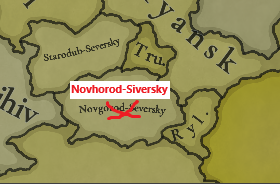I believe a more detailed representation of Polish and Pomeranian Slavs would be appropriate. Specifically, I suggest designating Pomeranian as a distinct language, with Kashubian and Slovincian as dialects under that umbrella.
It also seems that the descendants of the Slavic Pomeranian tribes are currently grouped entirely under the Kashubian culture. However, the Kashubians are not the sole descendants of these tribes. Other groups, such as the Slovincians, Raniers, Uzedoms, Borowiacy, and Kociewiacy, also trace their origins to the Pomeranian tribes. Each of these groups had their own languages or dialects, as well as distinct cultural identities, and historically inhabited the broader Pomeranian region.
What I’m trying to emphasize is that not all Slavic Pomeranians were Kashubians, and it would be great to see this diversity reflected in the game.
I would greatly appreciate input from someone more knowledgeable on this topic!
It also seems that the descendants of the Slavic Pomeranian tribes are currently grouped entirely under the Kashubian culture. However, the Kashubians are not the sole descendants of these tribes. Other groups, such as the Slovincians, Raniers, Uzedoms, Borowiacy, and Kociewiacy, also trace their origins to the Pomeranian tribes. Each of these groups had their own languages or dialects, as well as distinct cultural identities, and historically inhabited the broader Pomeranian region.
What I’m trying to emphasize is that not all Slavic Pomeranians were Kashubians, and it would be great to see this diversity reflected in the game.
I would greatly appreciate input from someone more knowledgeable on this topic!
- 2
- 1






















.svg.png)

















